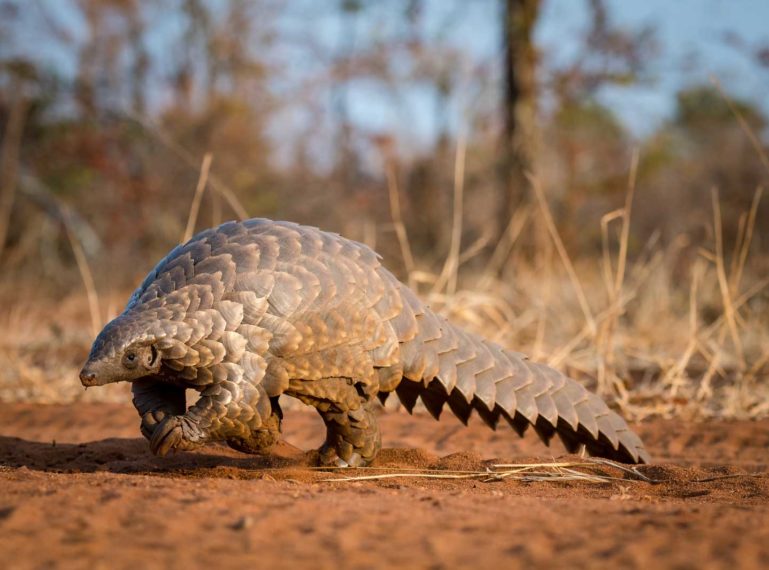
The shy scaly anteater bumbles through the bushveld in search of termites, grubs and other minuscule morsels to satisfy its insectivorous diet. Sedentary during the day, active at night, and notoriously coy by nature, makes this prehistoric armoured creature one of the most difficult species to spot while on safari. There a number of different pangolin species across the globe, but the ground pangolin (Cape pangolin or Temminck’s Pangolin) is the family of pangolin found within pockets of bushveld in the Greater Kruger. This particular species of pangolin is listed as vulnerable on the The IUCN Red List of Threatened Species, which is why our camps and lodges celebrate each and every sighting. Besides which, according to African folklore, it is considered a sign of good fortune to see a pangolin in the wild!
Our photographers have managed to spot pangolins in the wild, so we thought we’d share their incredible images. We have decided not to call out the location of the sightings, but rather discuss a few facts about the pangolin, why they are endangered and how you can help.
Let’s start with 5 useful facts about the pangolin :
1. When the pangolin is under threat it seeks comfort in its go-to position, which is a tight ball. These timid creatures can often be seen in this position, but don’t be fooled by its timid demeanour. They’re perfectly equipped to defend themselves with their razor sharp scales. One flick of their tail can also inflict harm, and if that doesn’t work, they’ll quite happily emit a foul smelling gas to ward off intruders! Their tightly curled position is not always because they are under threat – it’s also how they sleep.
2. Pangolins trundle along on all fours, gently swaying their body as they move slowly along. However, they do have the ability to move quickly should the need arise and can reach speeds of up to 5km per hour. Their running style is to raise their bodies upwards and run on their hind legs. They use their tail as balance, just like plenty of other species of wildlife.
3. The pangolin has an excessively long and sticky tongue that can access dark corners of termite mounds and fallen trees. The pangolin simply inserts its sticky tongue into an insect rich area, capturing all traces of termites, bugs and larvae.
Pangolins are endangered because of poaching and habitat loss. Their numbers are on the decline because their keratin scales are used for medicinal purposes (falsely believed that the scales cure ailments), their meat is consumed and their skin is used for clothing.
Click here to help save pangolins : https://savepangolins.org/
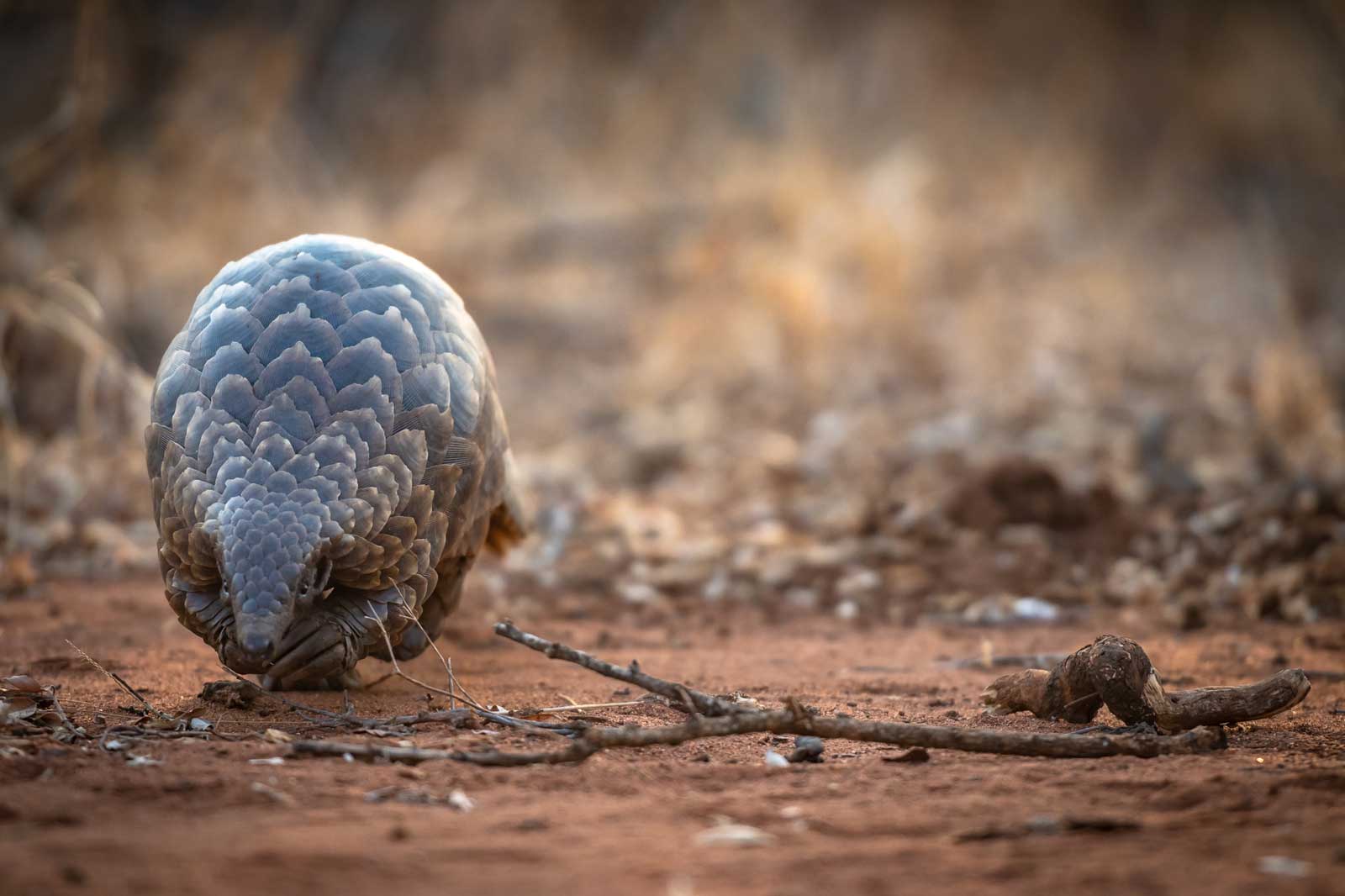
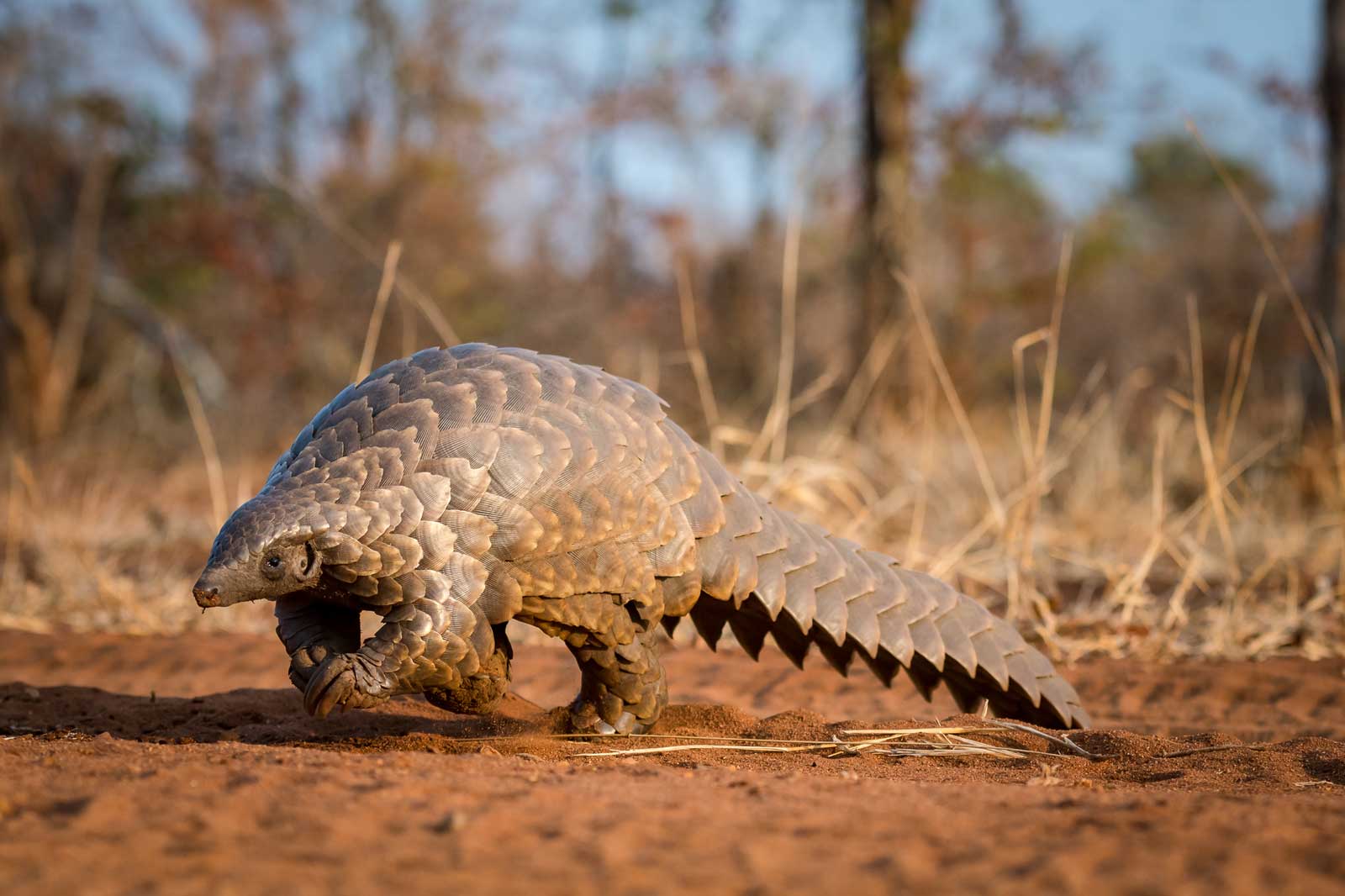
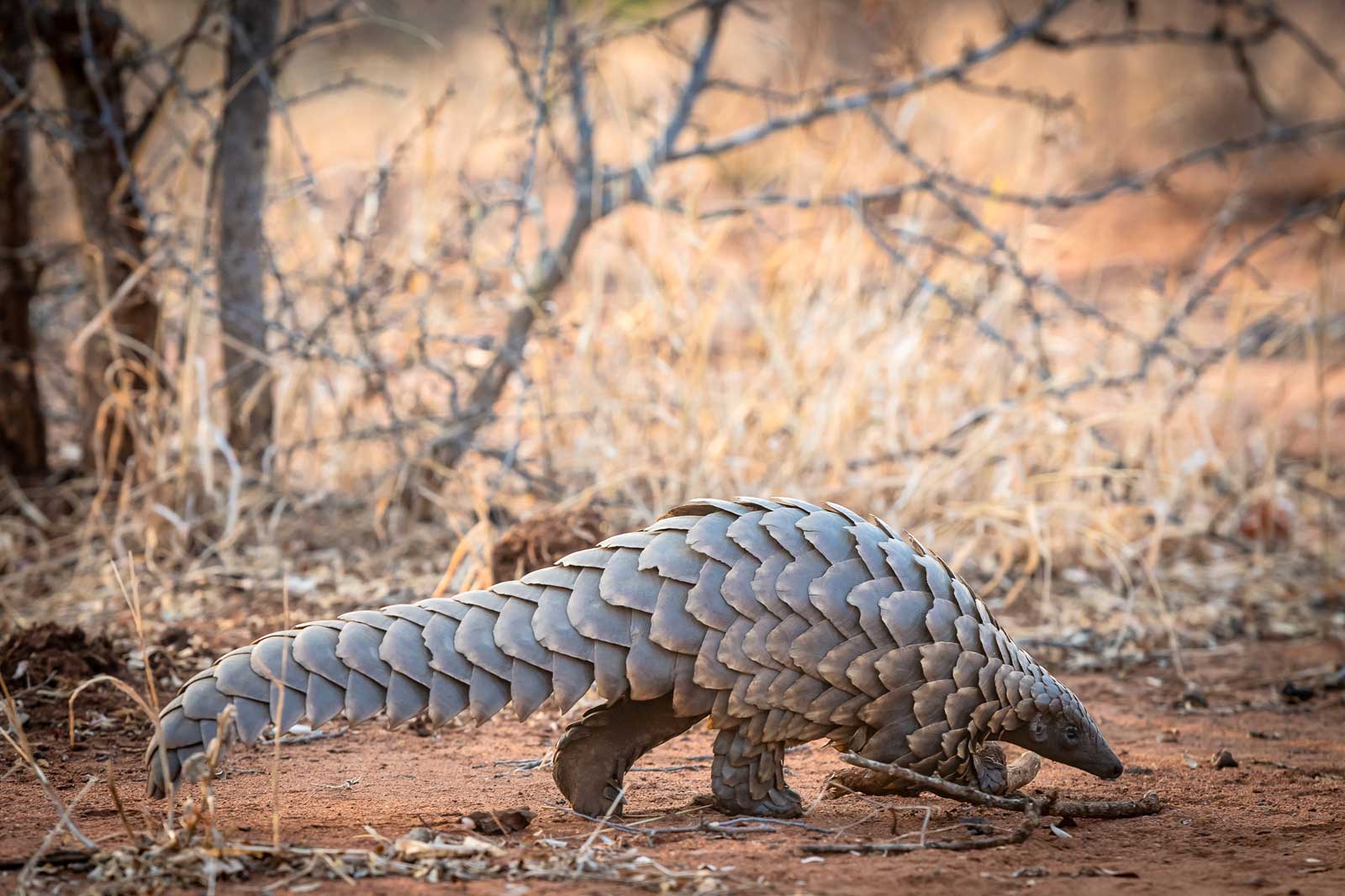
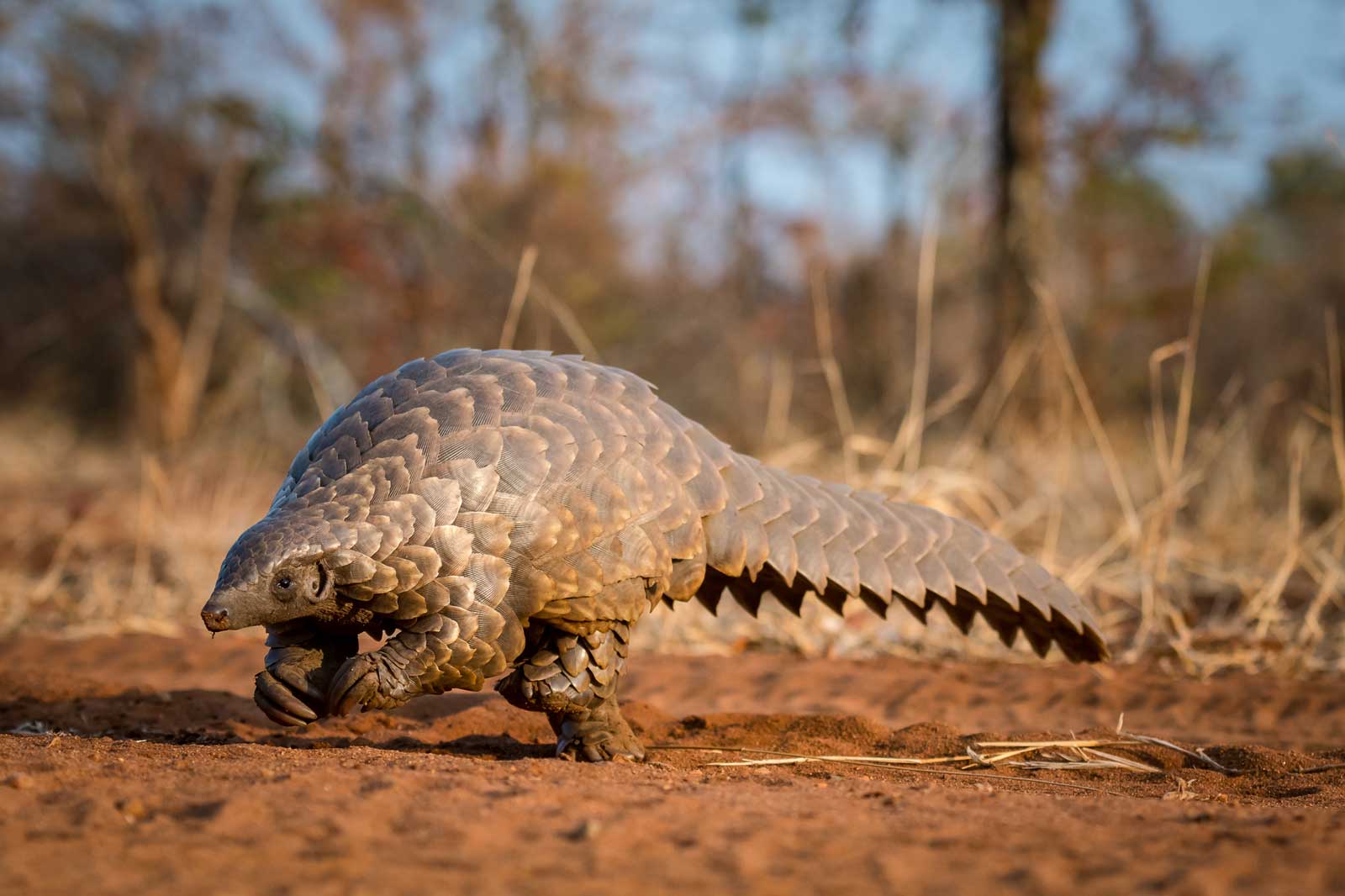
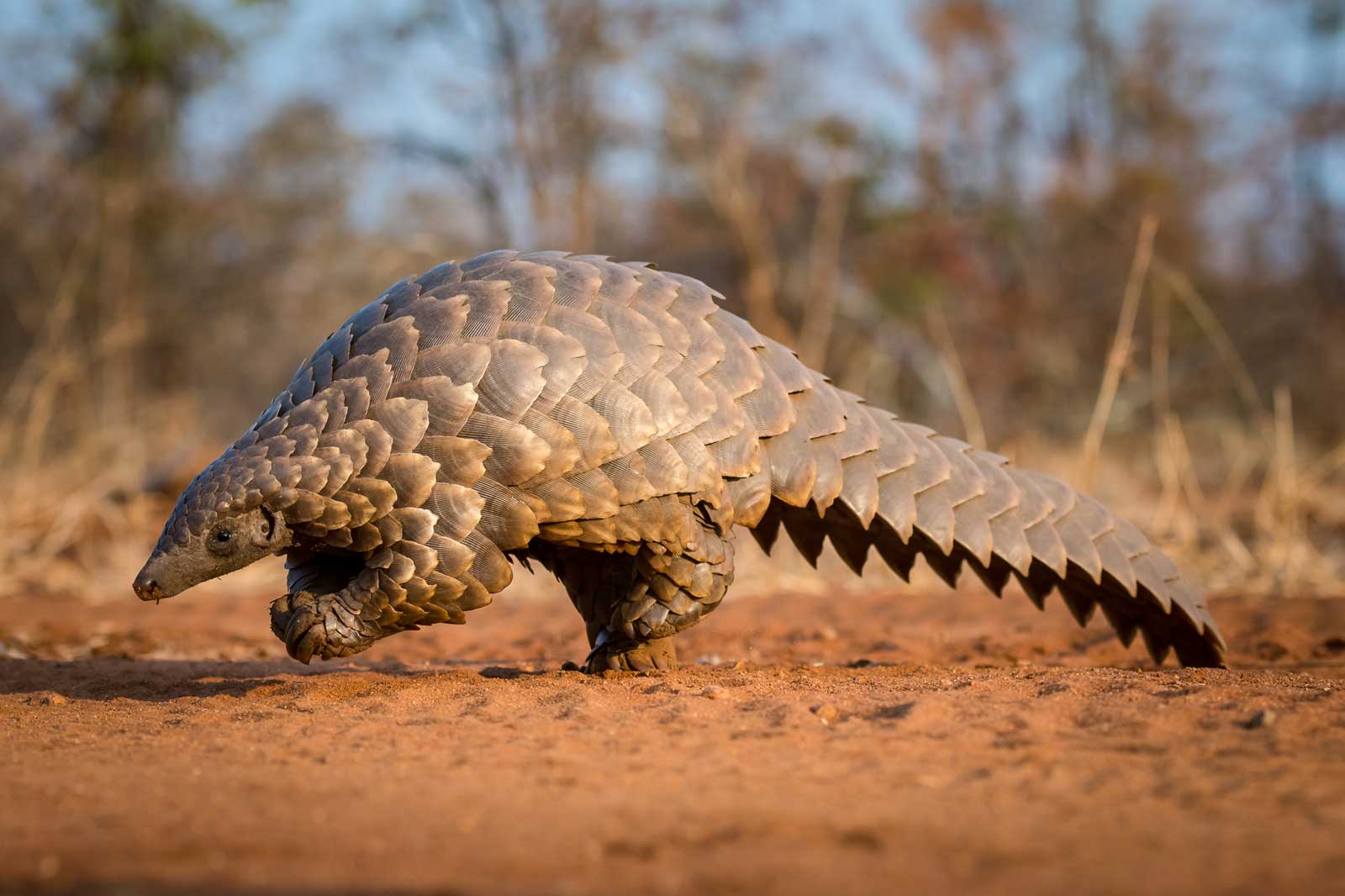
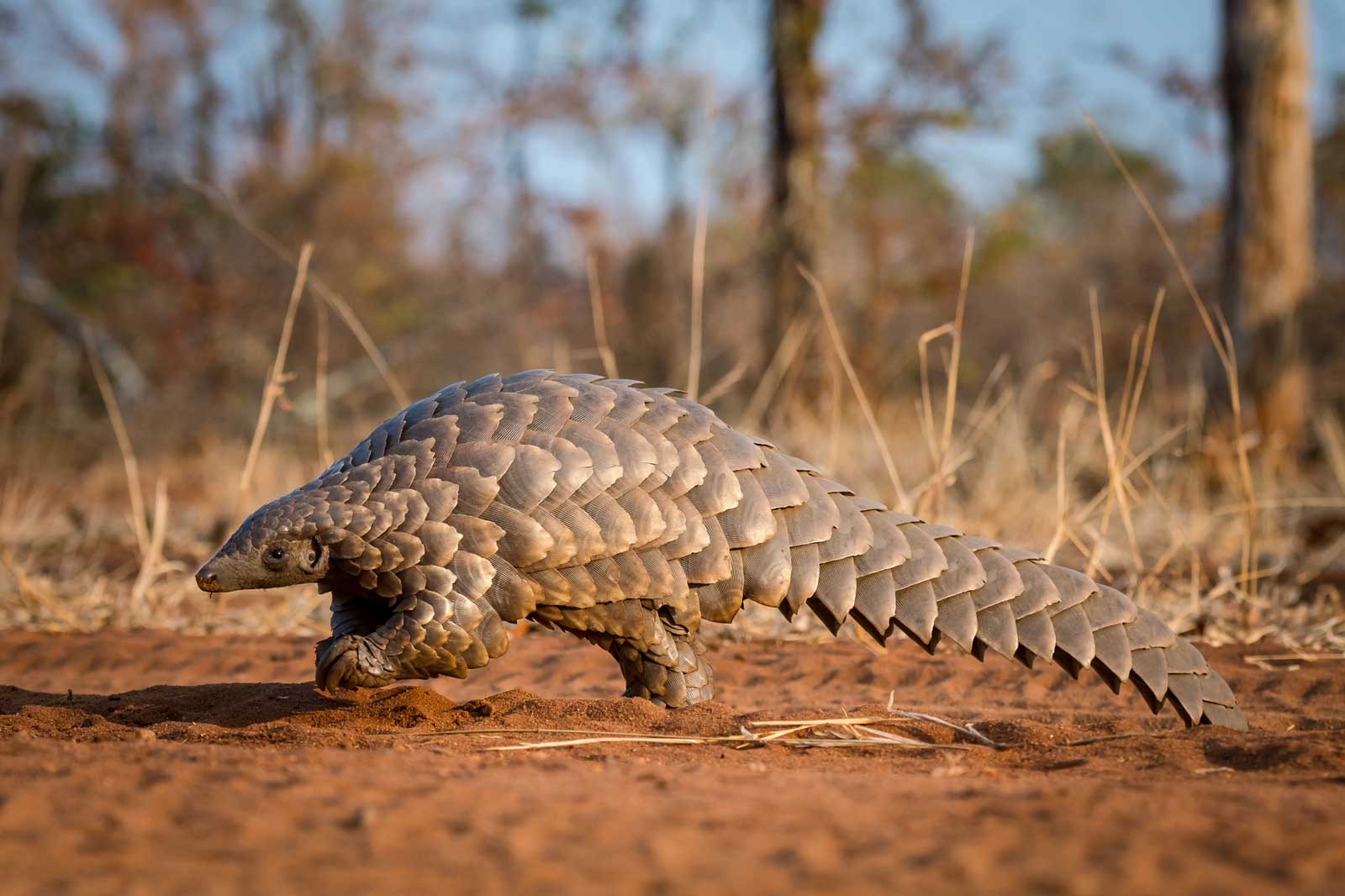
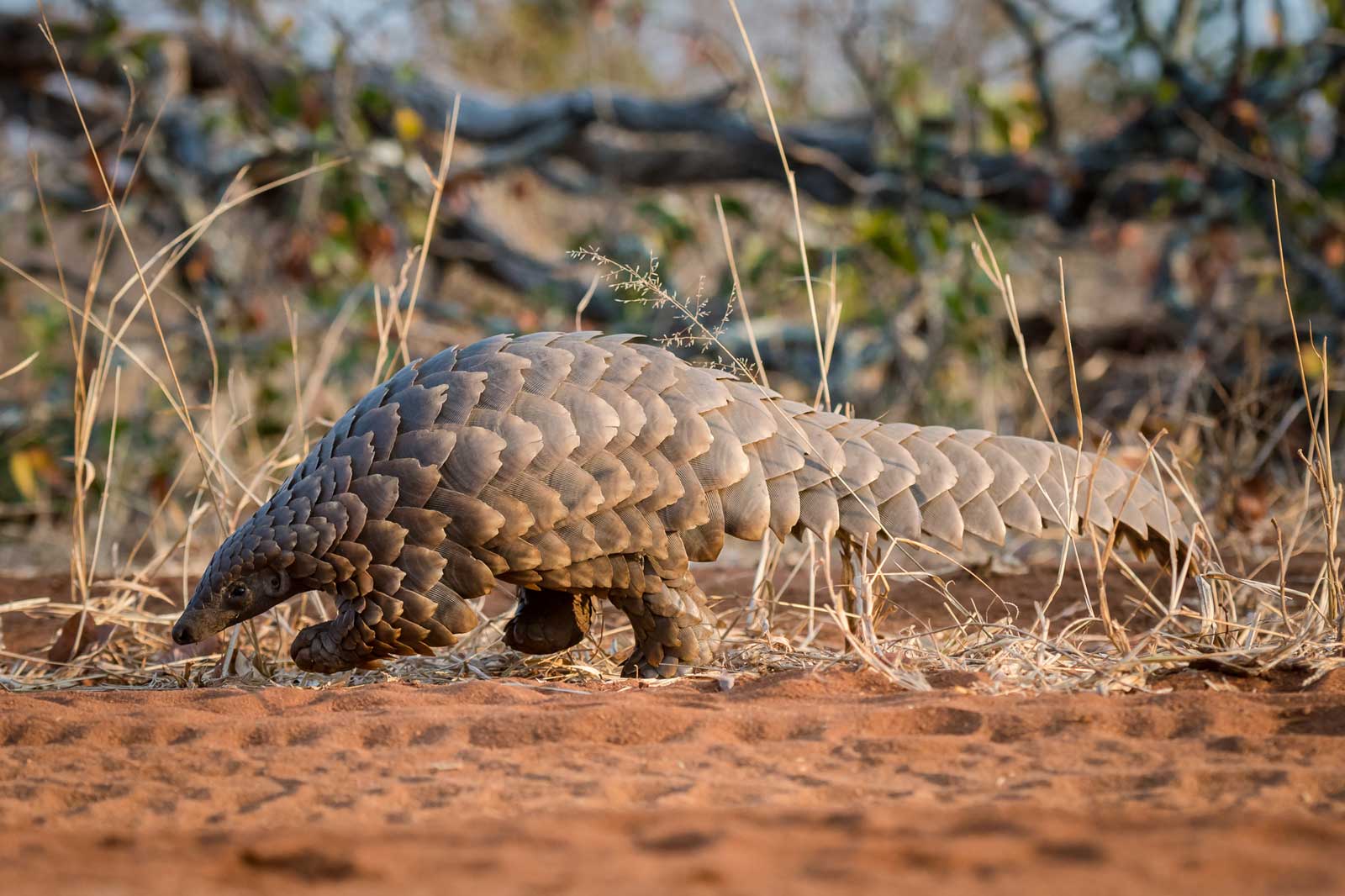
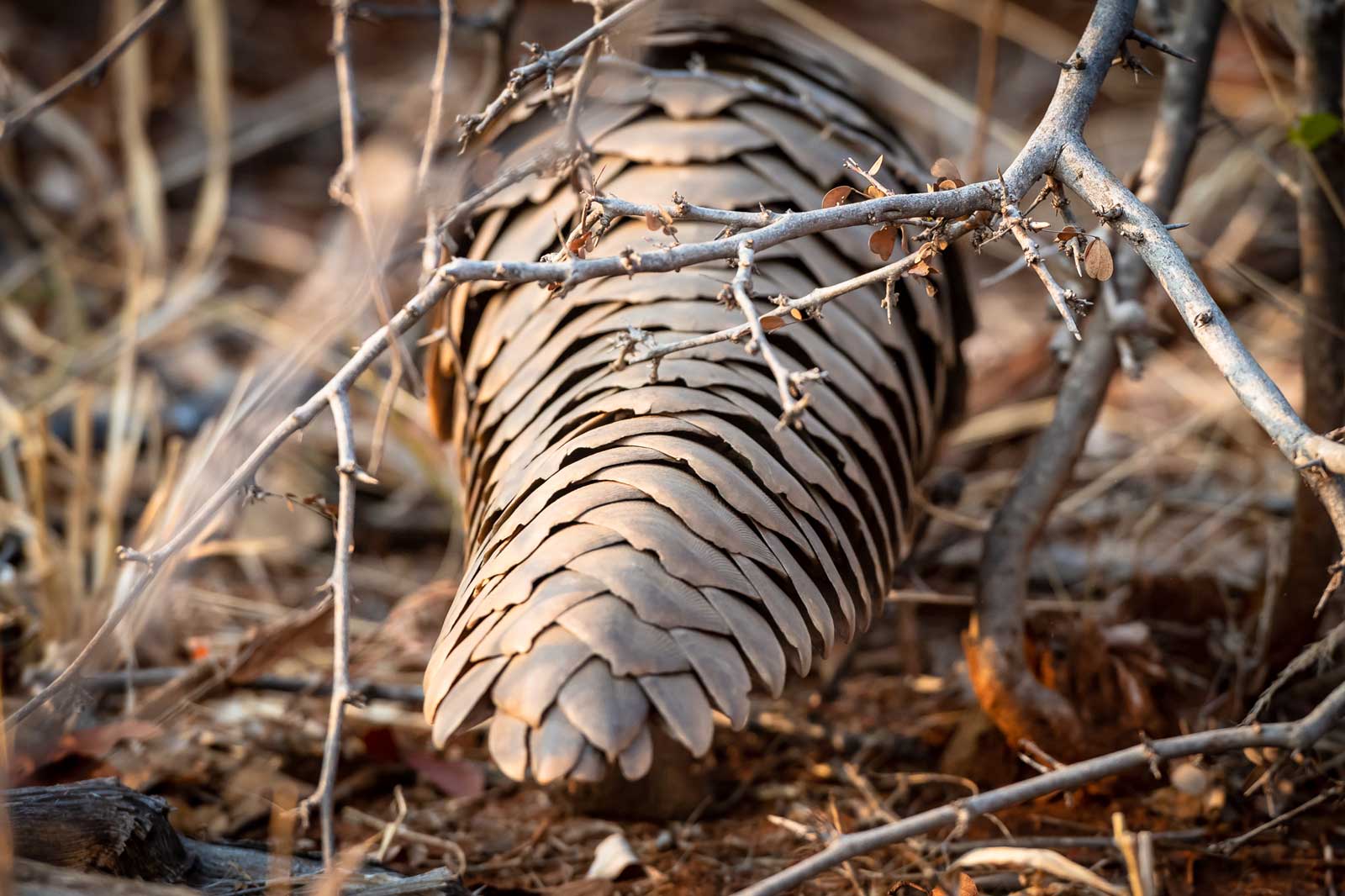
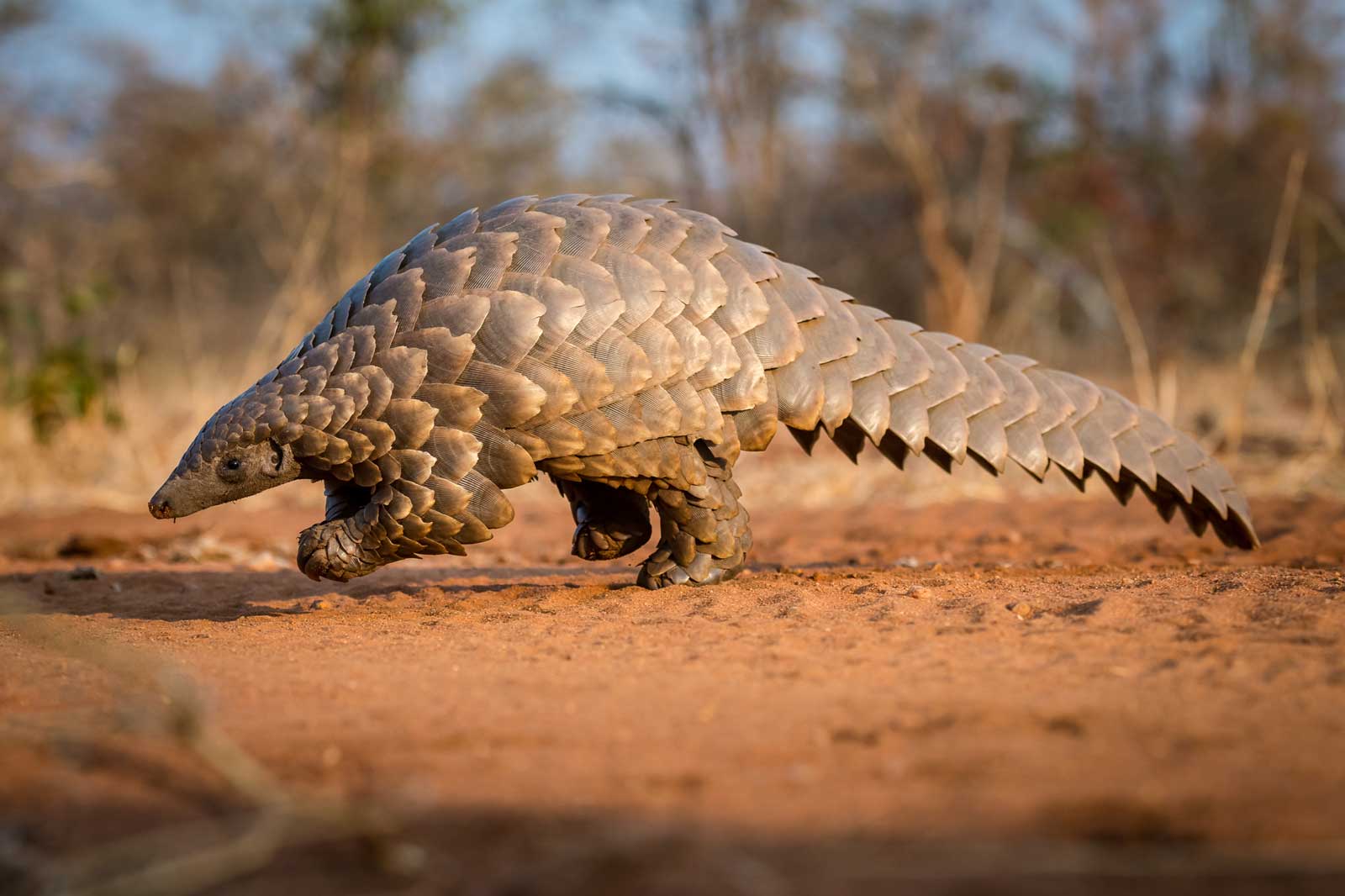
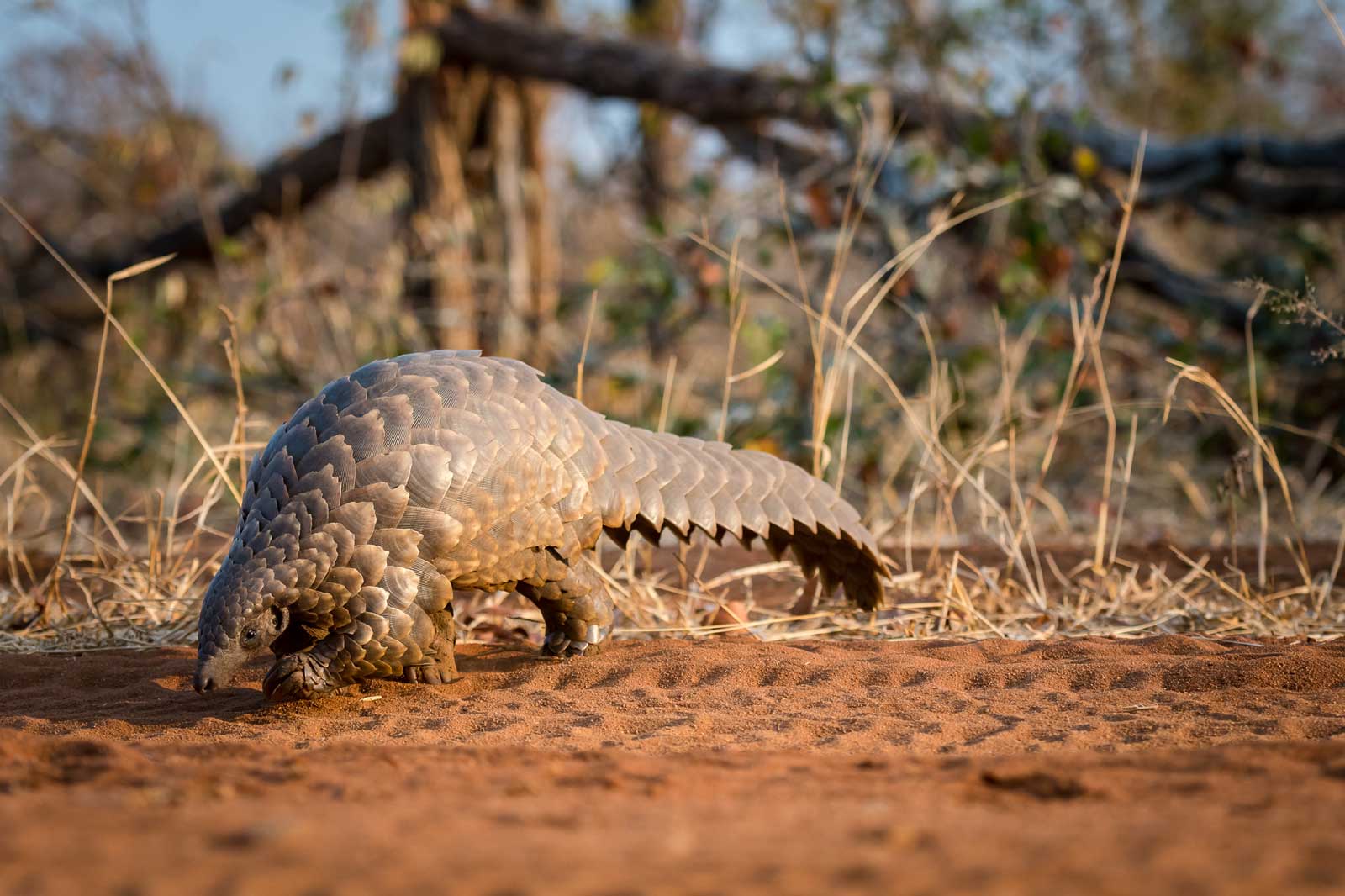
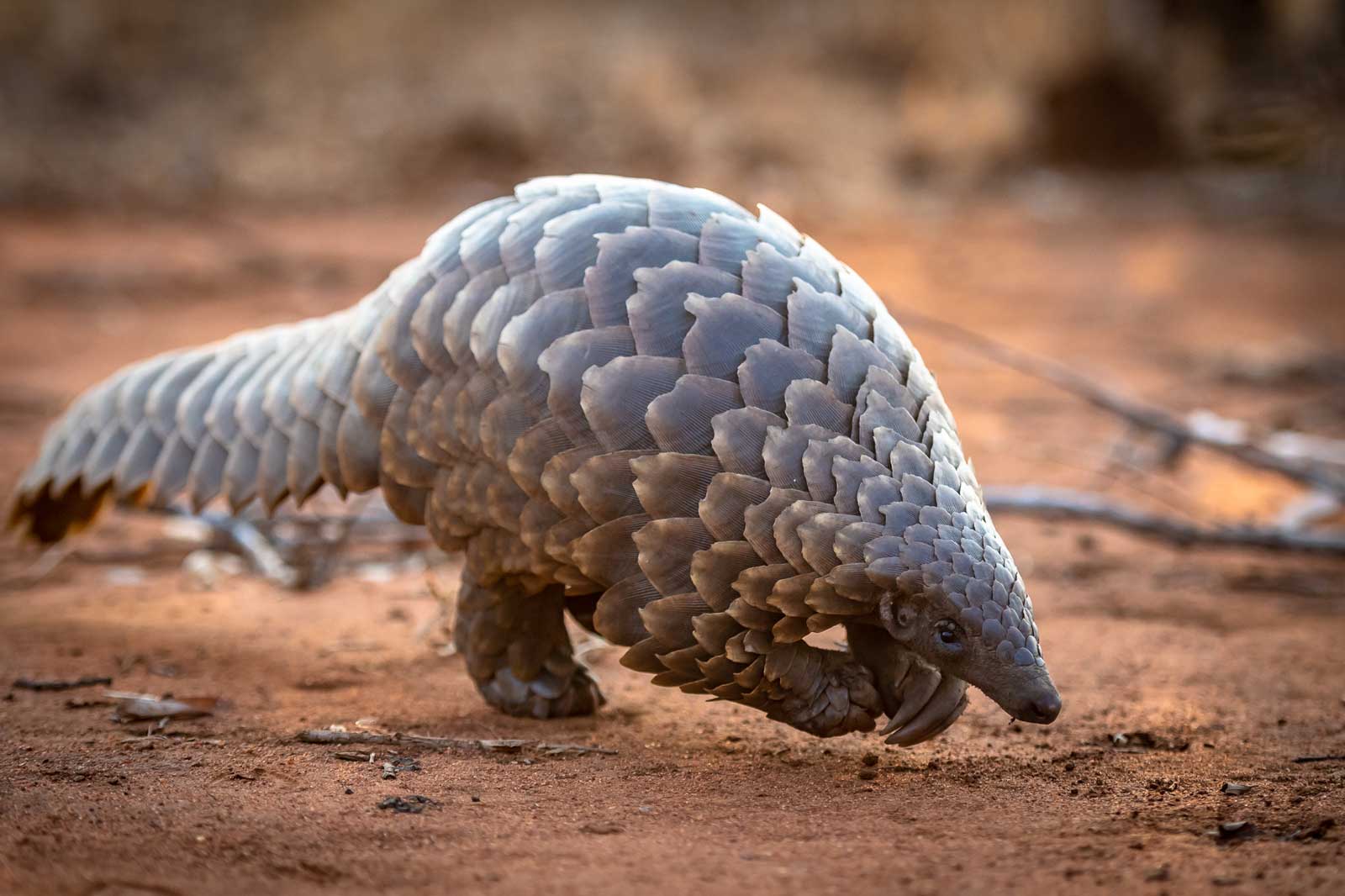
Leave a Comment